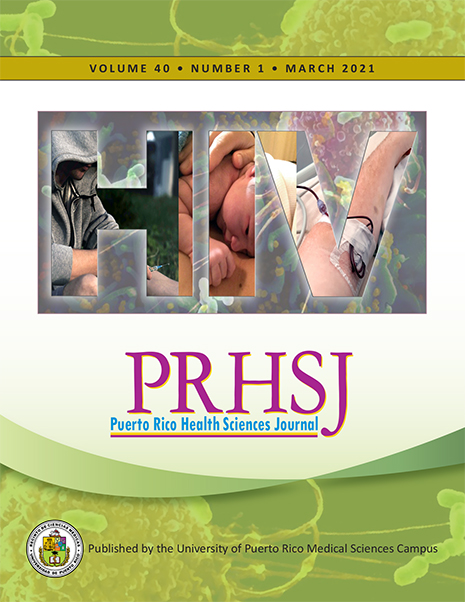Abstract
The early diagnosis of in utero congenital diaphragmatic hernia (CDH) allows a thorough evaluation for other morbidities that may be associated with CDH. Our patient was referred to us with a fetus at 13 weeks gestational age with a thick nuchal translucency. Our team performed a transvaginal ultrasound that revealed a large cystic hygroma, a heart displaced to the right, and a heterogeneous mass with peristalsis in the left chest. The fetus was diagnosed with CDH. The patient received genetic counseling after which she requested and underwent chorionic villus sampling. The early diagnosis of CDH allows for a timely intervention with the improved management of pre-natal and post-natal care. Better neonatal management is pivotal in providing a multidisciplinary consultation approach in order to furnish accurate counseling and prognostic information for the patient.
Authors who publish with this journal agree to the following terms:
a. Authors retain copyright and grant the journal right of first publication with the work simultaneously licensed under a Creative Commons Attribution License that allows others to share the work with an acknowledgement of the work's authorship and initial publication in this journal.
b. Authors are able to enter into separate, additional contractual arrangements for the non-exclusive distribution of the journal's published version of the work (e.g., post it to an institutional repository or publish it in a book), with an acknowledgement of its initial publication in this journal.
c. Authors are permitted and encouraged to post their work online (e.g., in institutional repositories or on their website) prior to and during the submission process, as it can lead to productive exchanges, as well as earlier and greater citation of published work (See The Effect of Open Access).
